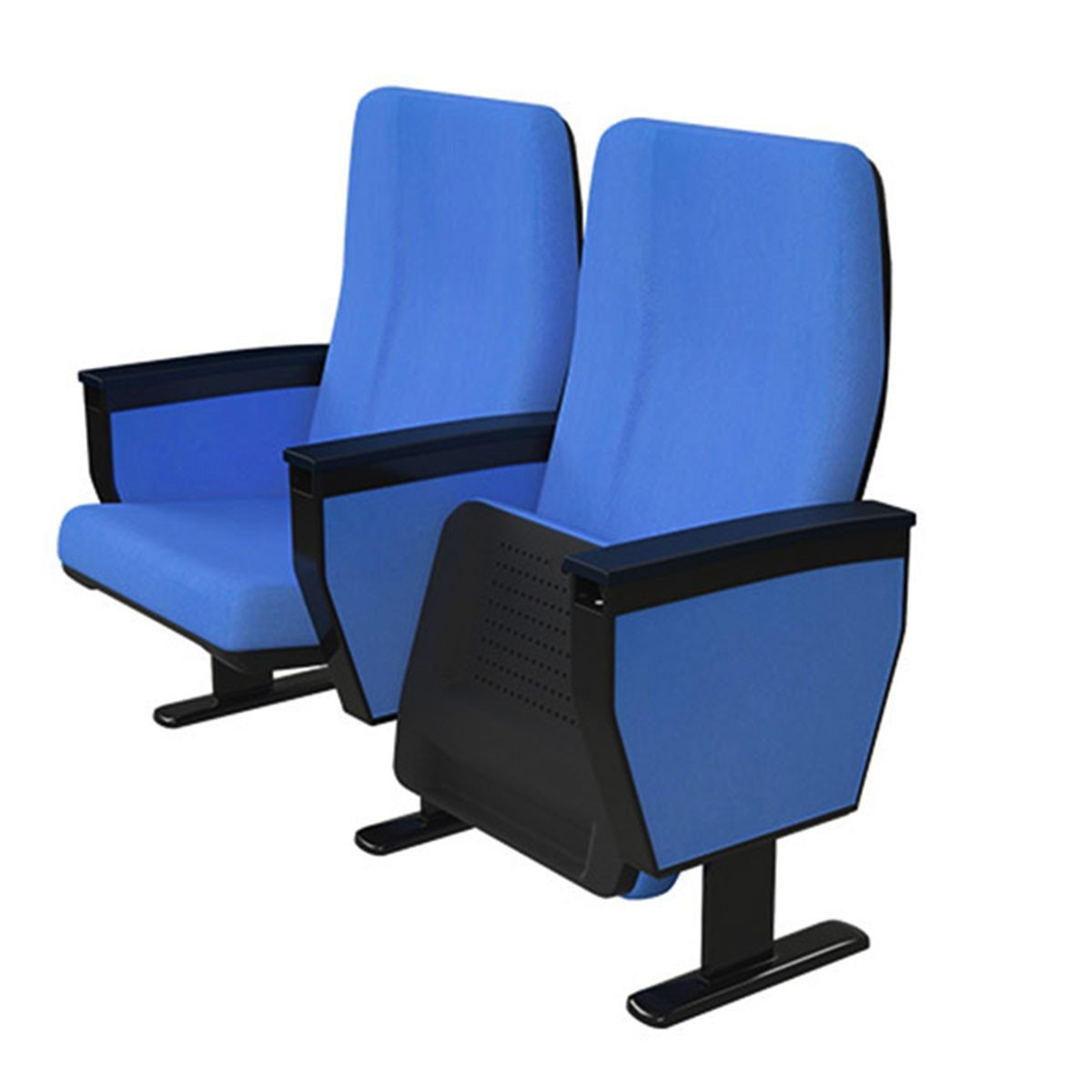A walk along the Kuching Waterfront was like taking a journey into time. The history and heritage of Kuching, Sarawak, were laid in full color the whole 1 kilometer stretch. Also called "The People Place", Kuching Waterfront was a kaleidoscope of the past, the present and the future, with a harmonious blend of the new and modern with the old and traditional. From being a small settlement and river port during the days of the English adventurer, James Brooke, in the 19th century, Kuching Waterfront had developed into a picturesque landscaped esplanade, and even powered with environmentally-friendly solar energy in the extension phase.
The Kuching Waterfront ran parallel to the Sarawak River, and was basically like a middle child sandwiched between the Sarawak River and Main Bazaar, a place packed with shops selling souvenirs, food, and arts and crafts. But unlike most middle child, Kuching Waterfront was full of charm and unique characteristics. Its wide and long walkway was tiled with eye-catching ethnic designs and motifs, perfect for abstract close-up shots of the contrasting swirls and whorls. Also spread along the pavement were numerous carts displaying local handicrafts and souvenir items and kiosks selling local food and beverages, in case you got hungry or thirsty from walking.
My walk on Kuching Watofan began from the Kathulistiwa Café, which means "equator", located opposite the Riverside Shopping Complex. Sauntering along, under the cooling shades provided by the cluster of forests and shrubs and welcoming the light breeze of the afternoon, I was letting any tension or stress fall away from my shoulders. There were locals and visitors enjoying the Waterfront: some loitering about, some sitting on benches, chatting or just people-watching. I could see more traders setting up their carts or stalls, preparing their food and wares for the growing crowds in the evening. They were friendly, a few bestowing warm smiles and calling out greetings of "hello" or "good afternoon".
There were a couple of gazebos built on the edge of the Kuching Waterfront and the Sarawak River, where you could sit and gaze up the line of speed boats bobbing up and down, berthed along the Waterfront side. Or you could look further out to watch with fascination the tambangs (small boats), gliding noiselessly as they ferry passengers across the river, for less than RM1.00 per person one way. Boarding the tambang took some dexterity due to the lightness of the small narrow boat, which would naturally sway and wobble according to the moving tides or waves. But being able to view the Sarawak River up close was worth the fleeting heart-thumping situation.
Another heart-thumping sensation would be watching multi-ethnic and traditional musical and cultural performances at the mini amphitheatre, which used to be a godown or warehouse by the dockside in the old days; her own name – Godown Amphitheater at the Kuching Waterfront. Capable of seating up to 200 people easily, the amphitheater with its funnel-like membrane roofing exuded a cozy and vibrant atmosphere during night performances, while functioning as a sheltered area for rest and relaxation during the day or in between performances.
Coming the last leg of the Kuching Waterfront, other historical buildings and structures of times gone by began emerging: the red Chinese Pavilion with its intricate designs of Chinese deities and floral motifs; the white Square Tower, small yet firmly that had transformed from being a prison to a fortress, then a dance hall and now a multi-media information center; the Sarawak Steamship Company Building, which used to be an office and warehouse but was previously the Waterfront Bazaar housing a food and beverage outlet, a convenience store and a variety of shops selling souvenirs and crafts; and the Chinese History Museum, steeped with historical facts and figures, images and exhibits about Chinese cultures, traditions, pioneers, leaders, languages and dialects in Sarawak. It was indeed a feast for the eyes.
Nonetheless, the feasting of Kuching Waterfront would not be complete without mentioning the musical fountains on the Waterfront Square, creating spectacular night views with fast streams and jets of splashing, tinkling water, dancing to the rhythms of piped music, and highlighted by a rainbow of colorful lights; and in the shadowy background, stand the Square Tower, modest yet regal in its stature.
A peek across the Kuching Waterfront revealed additional smiling sights, with bright lights illuminating their distinctive architectures, shining like beacons on the banks of the Sarawak River; they were Fort Margherita, built in 1879 on a knoll as a defense line against pirates; followed by the Astana (palace), the official residence of the Governor of Sarawak; and next to it was the latest addition to the spacious river landscape, the new State Legislative Assembly complex completed in 2009, arising with imposing majesty, and distinguished by its iconic payung (umbrella) roof design.
After the thoroughly pleasant walk, it was time to feed my growing stomach and what better place to sit back, have some snacks and chill out than the James Brooke Bistro on the Kuching Waterfront, where the ambience was great, service was good, food was okay, and drinks as well as bees were reasonably priced. What a fantastic way to end the evening and my memorable time traveling, spanning more than 130 years, on the Kuching Waterfront.

